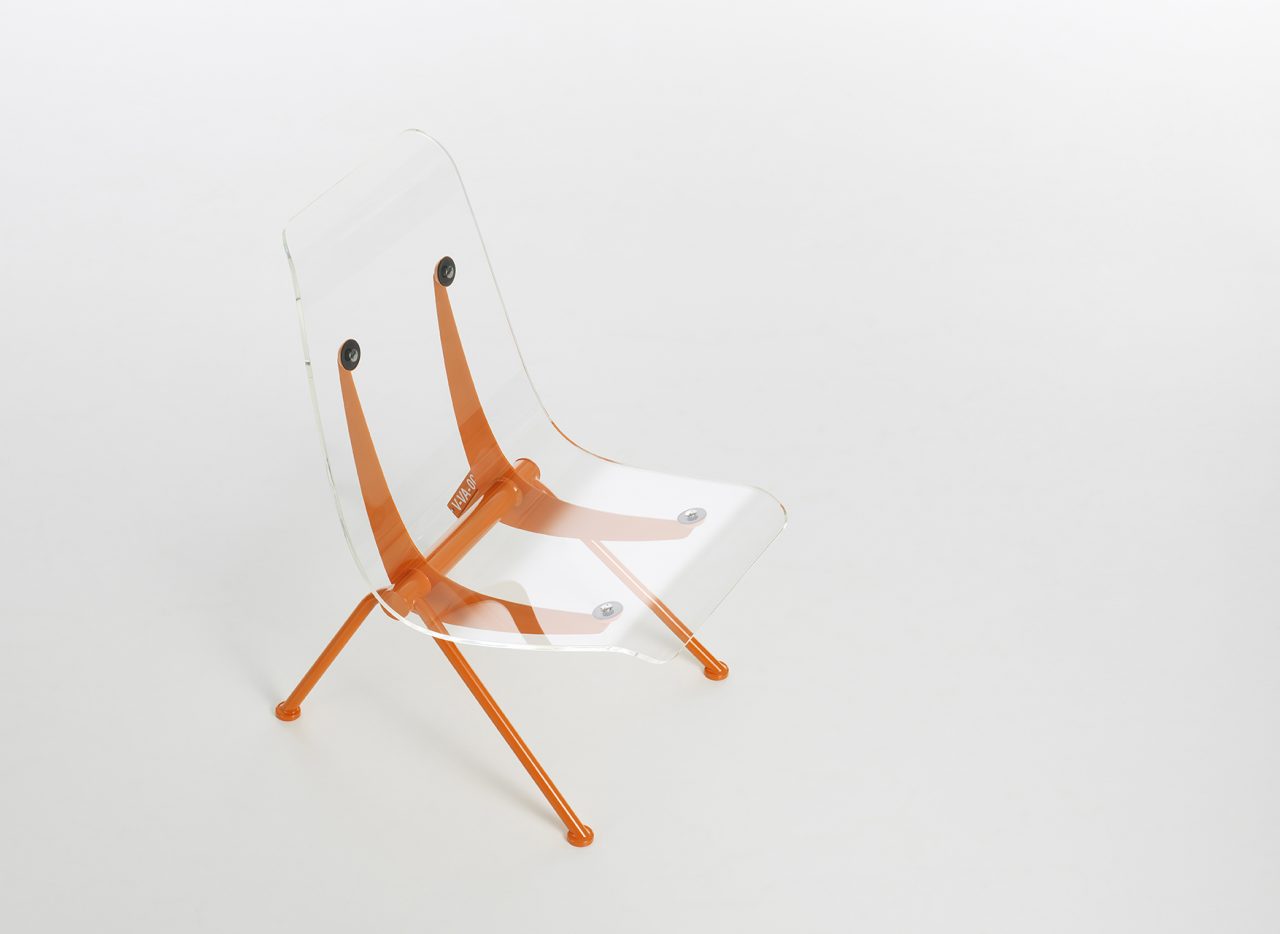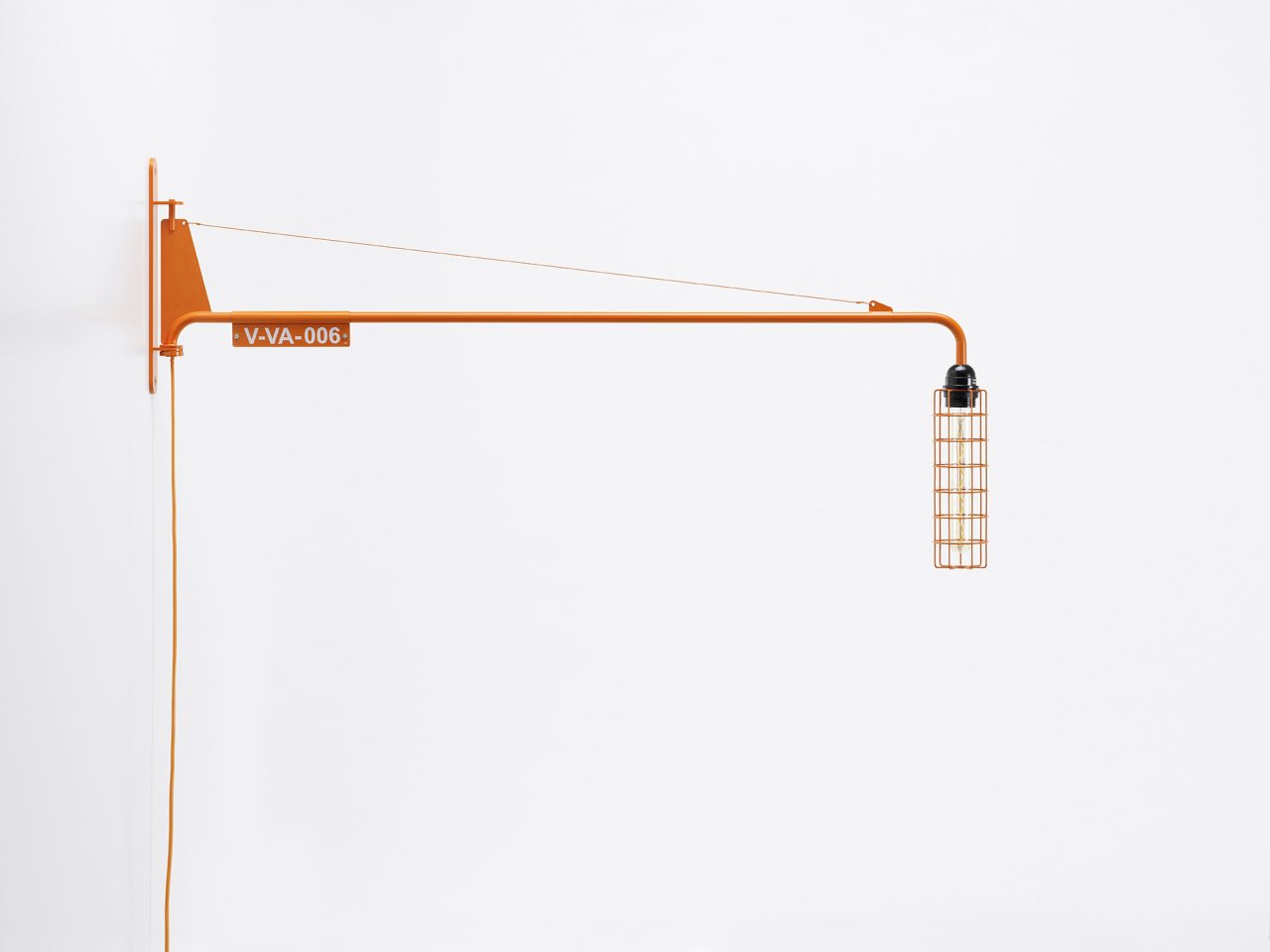Multi-hyphenate creative entrepreneur Virgil Abloh is known for many things: a successful DJ career, a thriving design practice, and the artistic direction of major fashion house Louis Vuitton. Tapping into the contemporary zeitgeist of our overly-saturated image and information culture, the 38-year-old polymath often infuses his work with explicit and at times, nuanced socio-political commentary.
Whether developing a new shoewear line for his own label Off-White or spinning a mashup set at prestigious events like Robert Wilson’s Annual Watermill Center Summer Benefit, Abloh transcends disciplines that, to this day, remain siloed. Breaking down the wall of high and low culture and doing away with this cliched divide altogether, the contemporary renaissance man transitions between the top echelons of the art world and that of mass consumer culture with ease.
And yet, this enigma of a figure has been accused of being a mimic—jumping on the bandwagon of the latest trends and repacking certain forms using the right marketable vocabulary. He has even been called a dilettante—a play on the current conditions of celebrities dabbling in different domains without really ever having to demonstrate any level of expertise or reflection. Mired cynicism aside, it’s hard to forget that Abloh did actually train as an architect and, unlike some of his contemporaries, is able to produce strong, relevant work, regardless of the smokescreen hype that surrounds him. Though he might not exercise a traditional mode of academic analysis, his overall output demonstrates a strong sense of cultural awareness and critique.
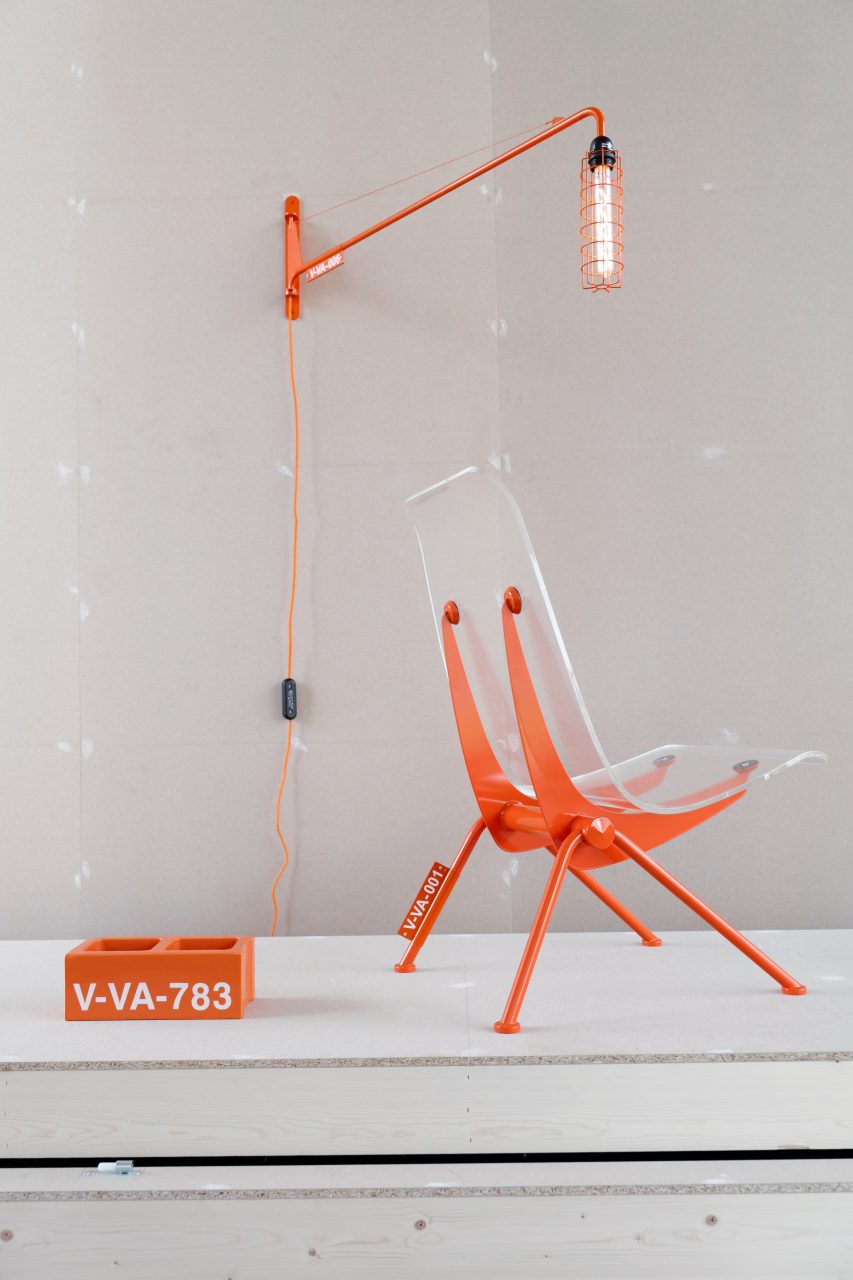

Launched this week, to coincide with the multifaceted Art Basel/ Design Miami/Basel assemblage of high-profile art and collectible design event, was Abloh’s TWENTYTHIRTYFIVE installation and spin-off furniture capsule collection. Mounted at Swiss heritage furniture brand Vitra’s sprawling and historically-poignant campus—just across the Swiss-German border from Basel proper—the project takes on an epochal perspective to question what the interior of someone who was an adolescent in 2019 would look like in the not-so-distant future of 2035.
Set in Zaha Hadid’s iconic Vitra Fire Station—one of the campus’ many star-architect-designed pavilions and one of Hadid’s first buildings—the installation considers the projected evolution of technology and societal shifts; the effects of dematerialization and overabundance but also sustainable practice.
Comprising a strategic palette of physical objects, colors, and materials, the first ‘Past/Present’ section portrays a seemingly arbitrary collection of furniture and other items—resembling a condensed assemblage of memories. A filtered display screen presents this overture vignette as if it was a dream sequence. This nostalgic scene incorporates “hacked” and “sampled” 20th-century design classics including Jean Prouvé’s Petite Potence lamp and Antony armchair, pieces by the Eames and Eero Aarnio. The second ‘Tomorrow’ section looks ahead to 2035 and presents the hypothetical protagonist as a creative doer, who transforms his own memorabilia into ad-hoc products. This anecdotal scenario suggests that the citizens of the near-future will not just be dealing with the wicked problems of the world but also the interpretation and adaption of the past.
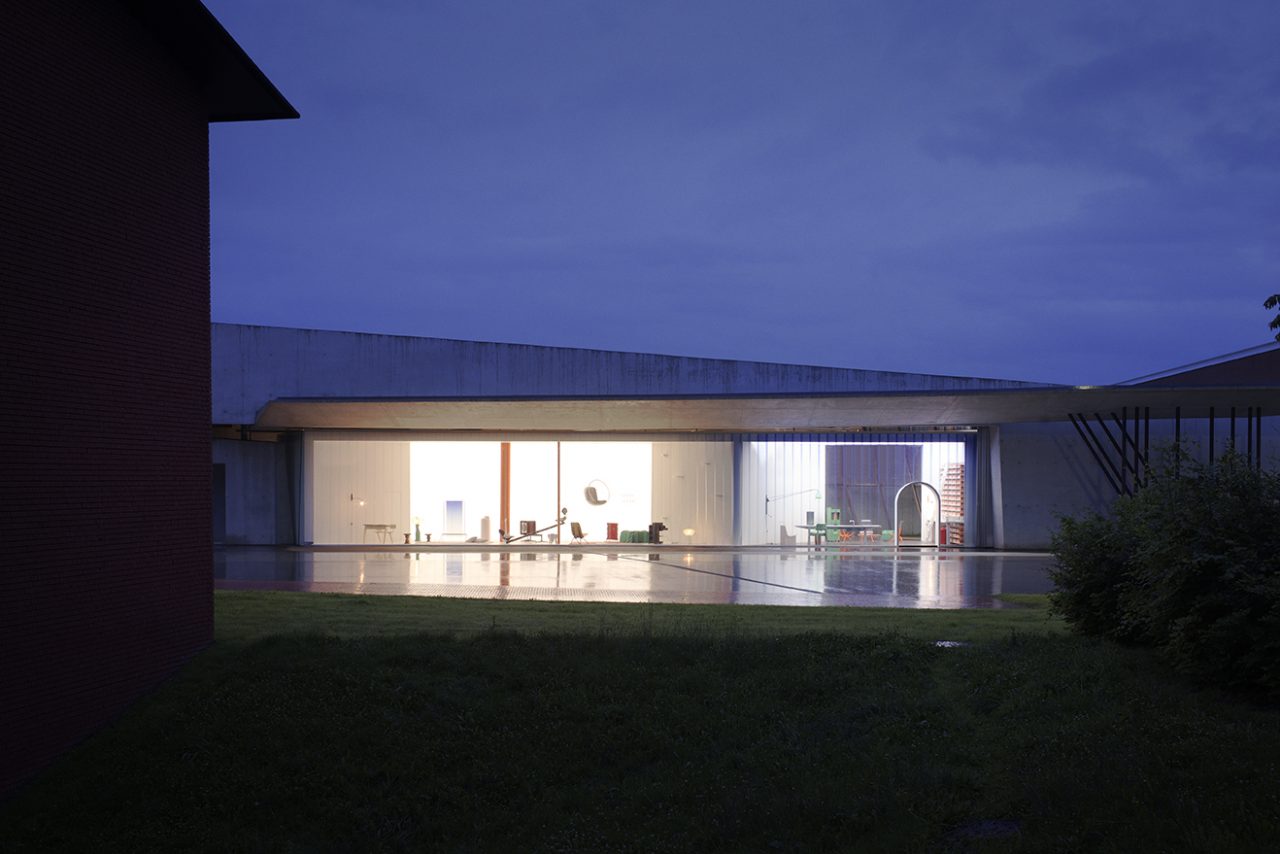
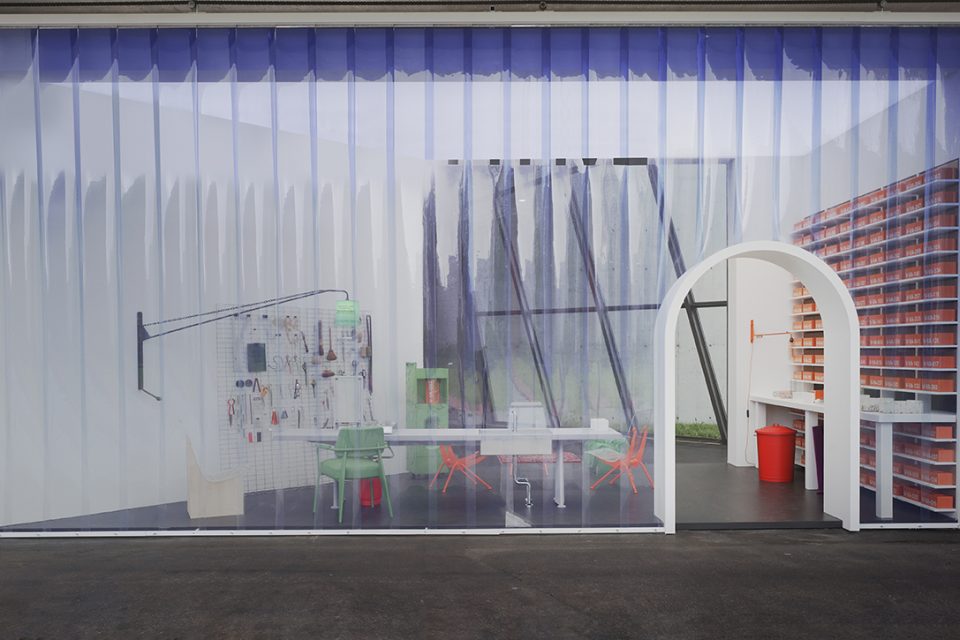
“To me, design has the inherent idea of being a bridge from the past, with an eye toward the future.” Abloh expresses. “It’s arguable whether we will even have a need for furniture by 2035. [And yet, this installation] addresses the degree to which our environment influences our life path, our tastes and the decisions we make over time.”
The TWENTYTHIRTYFIVE mise-en-scene spawned a spin-off limited edition capsule furniture collection comprised of three elements: a chair, a lamp and, a building block. Prouvé’s 1950 Antony chair—characterized by a curved wooden shell and metal base—has been reinterpreted by Abloh by replacing a classic curved wooden shell in transparent plexiglass with an orange-lacquer metal base. Another Prouvé classic, the Petite Potence wall lamp also received an update. The Ceramic Blocks were produced in a numbered series of 999 replicas. Integral to the overall set-design, the removal of one block changes its look and feel.
After its run at the Vitra Campus, TWENTYTHIRTFIVE will be presented in Vitra’s newly opened showroom in New York. Stay tuned for more details.
